Blue light LED therapy has become more popular lately. People use blue light for skin health or wakefulness, for example. But, there’s also a lot of fear around blue light - rightfully so - because it can impede health.
This blog post is part of a series on chromotherapy, that explores all visible colours of light:
- What is Chromotherapy?
- What Does Red Light Therapy Do?
- Green Light LED Therapy: The Ultimate Guide
- Yellow Light LED Therapy: Essential Insights
- Purple Light LED Therapy: The Full Scoop
- Orange Light LED Therapy: A Detailed Exploration
- Cyan Light LED Therapy: In-Depth Knowledge
- LED Light Therapy Basics: A Complete Understanding
- Red LED Light: Everything You Need To Know
- Colour Psychology: How Colours Affect How You Feel
In this blog post, however, I’ll explore “What is blue light”. I’ll tell you how you can maximise the health benefits of blue light while minimising the downsides. First, though, let’s explore what blue light fundamentally is:
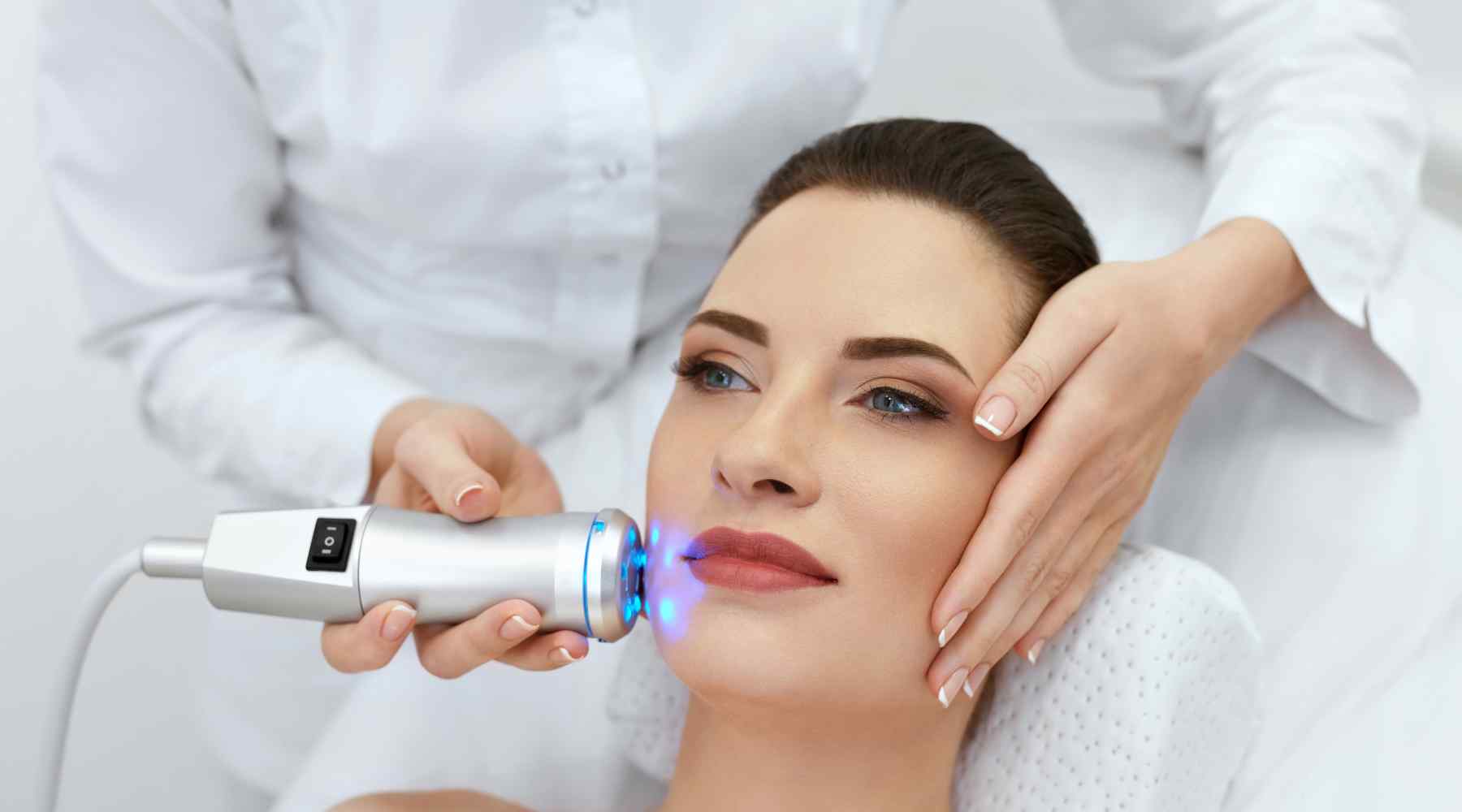
What Is Blue Light? Blue Light Within The Visible Light Spectrum
So what is blue light? You can find blue light within the “visible light spectrum”. Visible light is what you can see with your naked eyes (1; 2; 3; 4). With scientific tools, you’re also able to “see” other forms of light, infrared and ultraviolet light.
Visible light consists of all the colours of the rainbow. These colours are violet, blue, green, yellow, orange, red, and anything intermediary. Blue light is part of the visible light spectrum. And, the infrared I talked about before makes you feel hot when you’re staying directly in the sun – ultraviolet light helps create vitamin D in your skin and can give you a sunburn.
As you’re reading this article on an infrared sauna company, I can tell you that infrared light is also used in our saunas to heat your body from the inside out. Nowadays there are many sources of blue light in your environment, such as screens, LED bulbs, and any other form of artificial light, such as billboards. Sunlight also emits blue light, which is a tiny percentage of the total light output of the sun. That sunlight consists of a combination of ultraviolet, visible, and mainly infrared light.
So far, the crash course on light - let’s explore what blue light does with the human body. As it turns out, blue light exposure affects your biology in a similar way that infrared and ultraviolet do:

Blue Light Exposure: Helpful Or Harmful?
Lots of science has been published on blue light exposure and health (5; 6; 7; 8: 9). On the one hand, blue light exposure is very harmful if you’re excessively exposed. And, many people nowadays are because they’re working with computer screens and under artificial LED and fluorescent lights all day.
Screens and most forms of artificial lighting have been created to emit lots of blue light. The reason for that engineering choice is that the human visual spectrum is really sensitive to that colour. So, our environment looks better when a lot of blue light is emitted.
Excessive blue light exposure also has downsides, however. For instance, during the day, if you’re continually under blue light, you can start to feel anxious and stressed. The reason for that overstimulation is that blue light stimulates wakefulness.
For thousands, if not hundreds of thousands of years, humans lived in nature, with sunlight being the prime source of exposure to light. In sunlight, the blue light is always counterbalanced by the more relaxing red, infrared, and ultraviolet light. So, blue light exposure from the sun is not a problem (unlike excessive ultraviolet exposure, which gives you sunburns).
After humans moved indoors, with the Industrial Revolution, we soon invented indoor lighting as well. And, with technological progress, over time humans invented light bulbs that didn’t emit any infrared or ultraviolet light anymore but only the visible spectrum.
The assumption is that the non-visible light doesn’t matter because we can’t see it. That’s hardly the case, though, as all types of light have biological effects. For instance, the far infrared we use in our saunas helps your body detox, improves blood circulation, and counters pain.
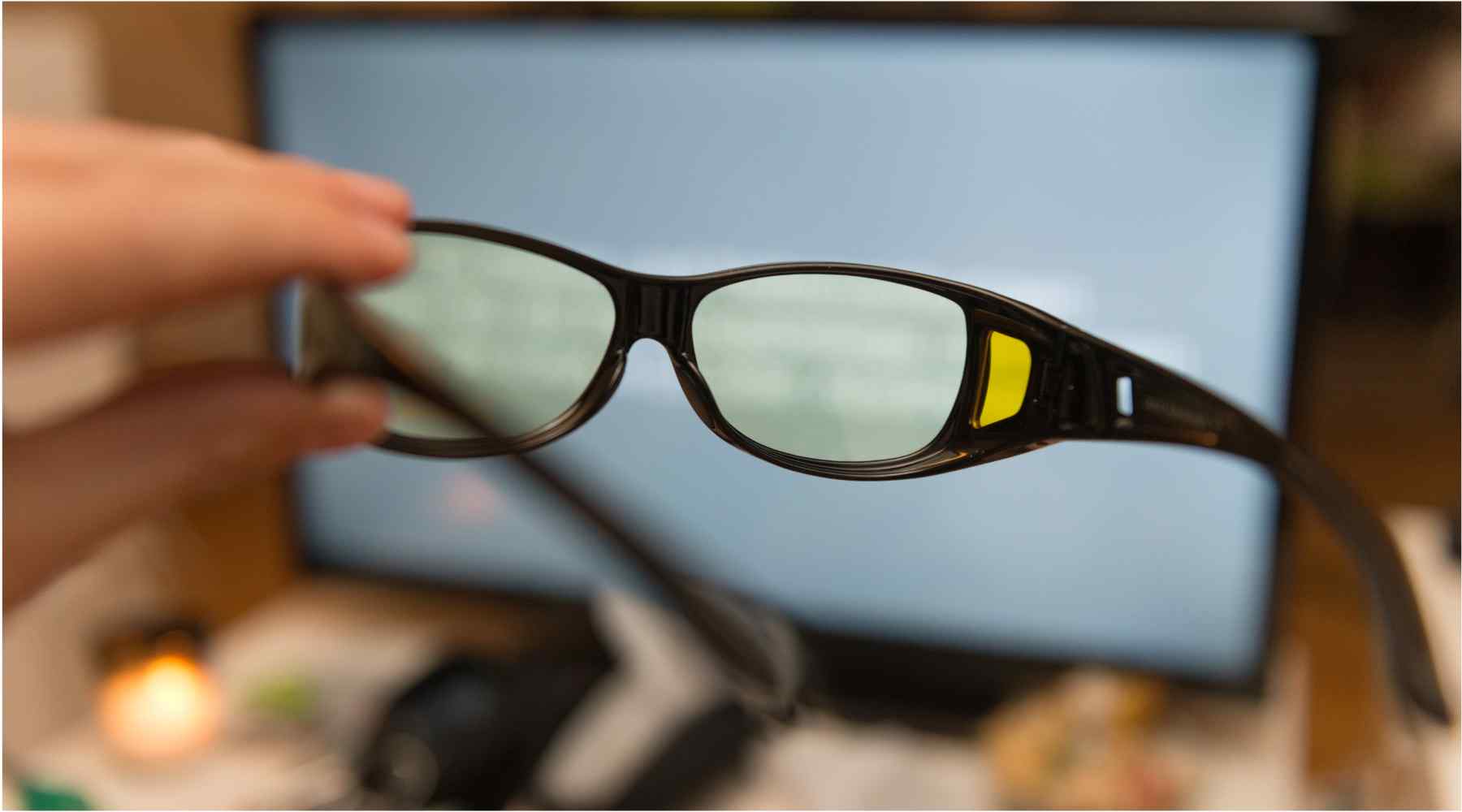
The same is true for blue light. I’m not preaching doom and gloom here, blue light LED therapy can be a very helpful addition to your health regimen when it’s used correctly.
So, let’s distinguish how you can best use blue light LED therapy. We’ve even chosen to equip our saunas with chromotherapy, which can emit blue light. We’ve posted extensively on what chromotherapy is, but in this blog, I’ll mainly venture into the topic of blue light’s health effects.



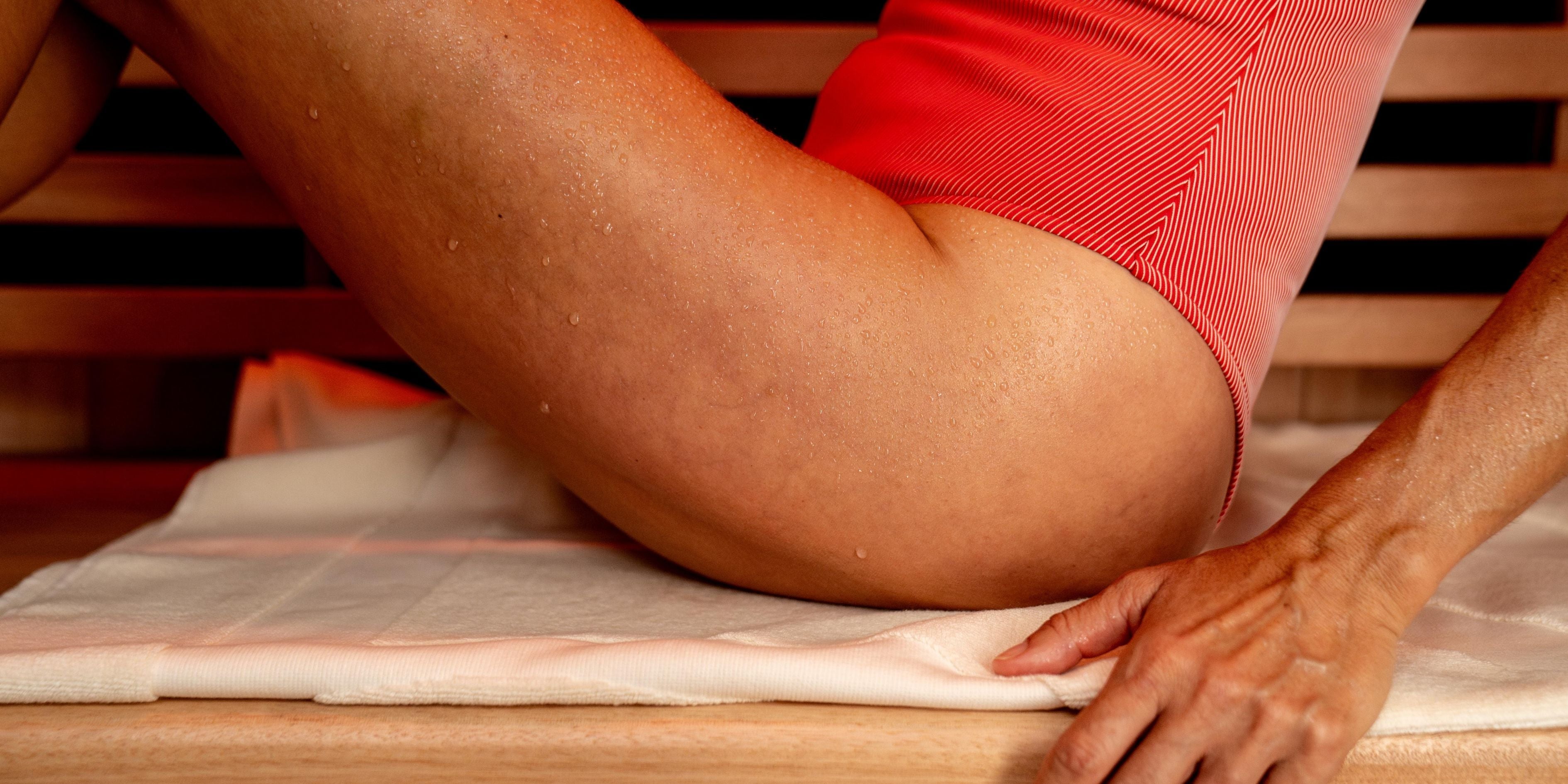
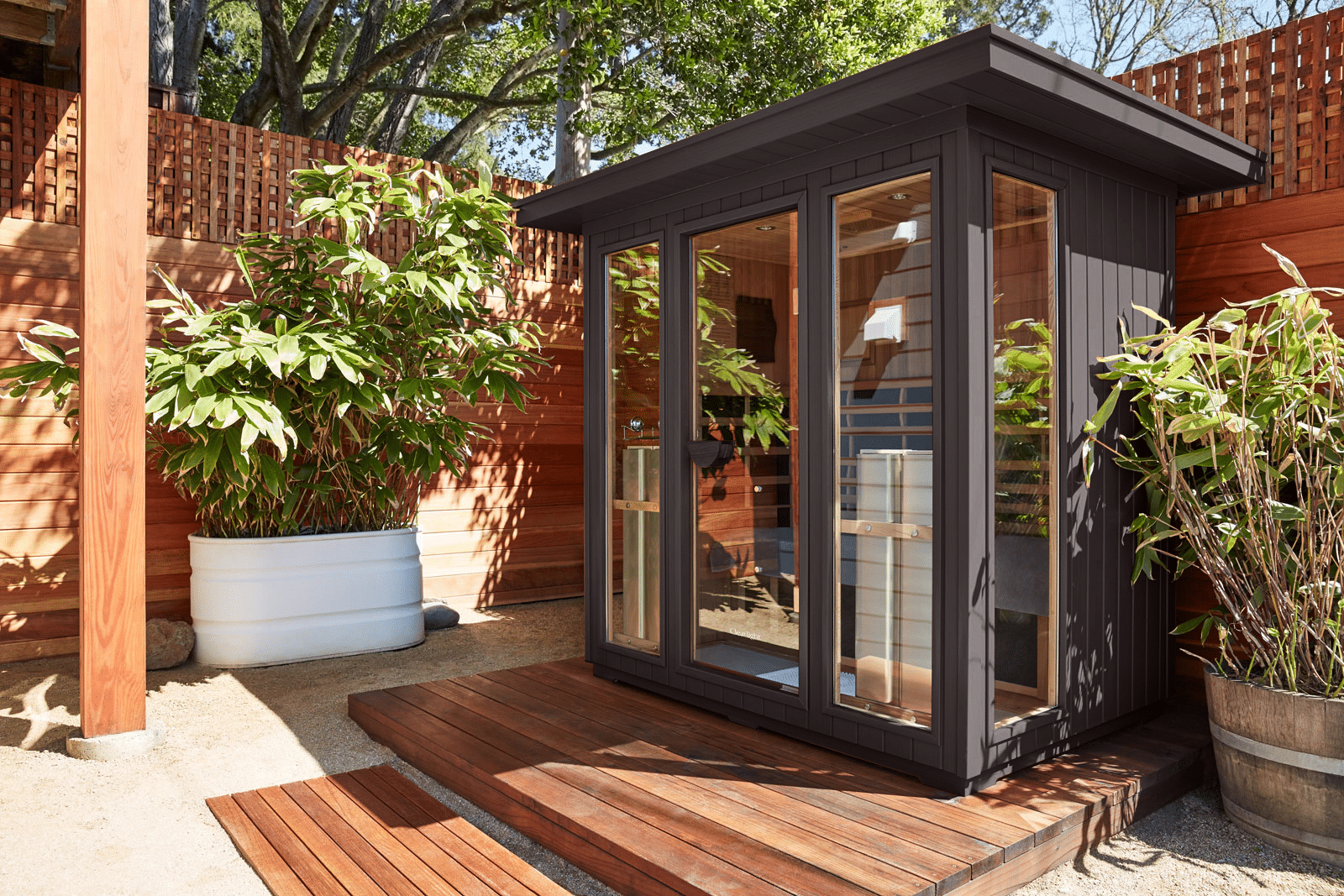
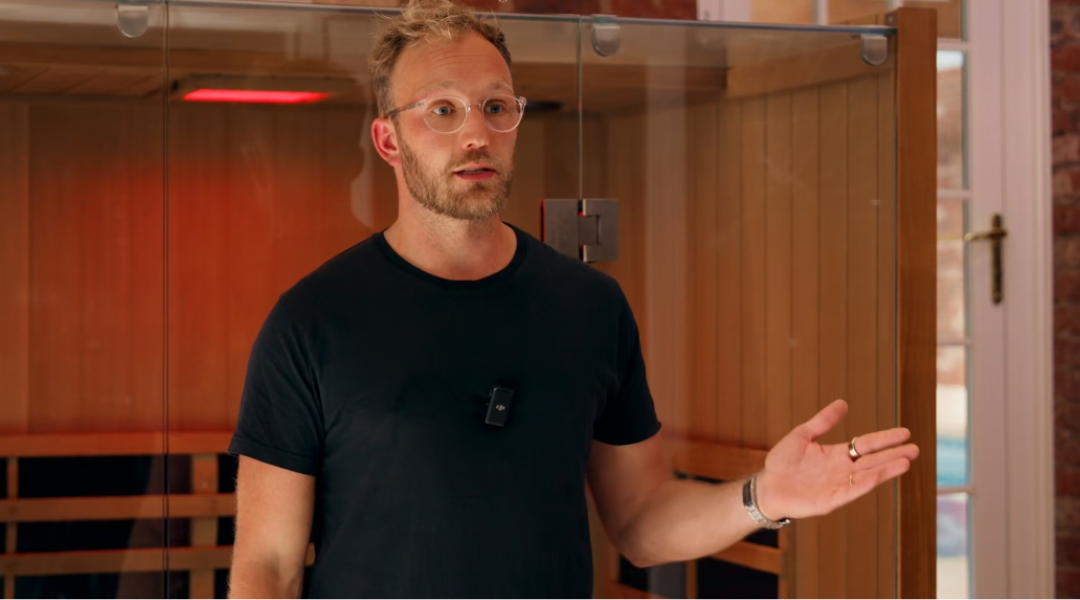



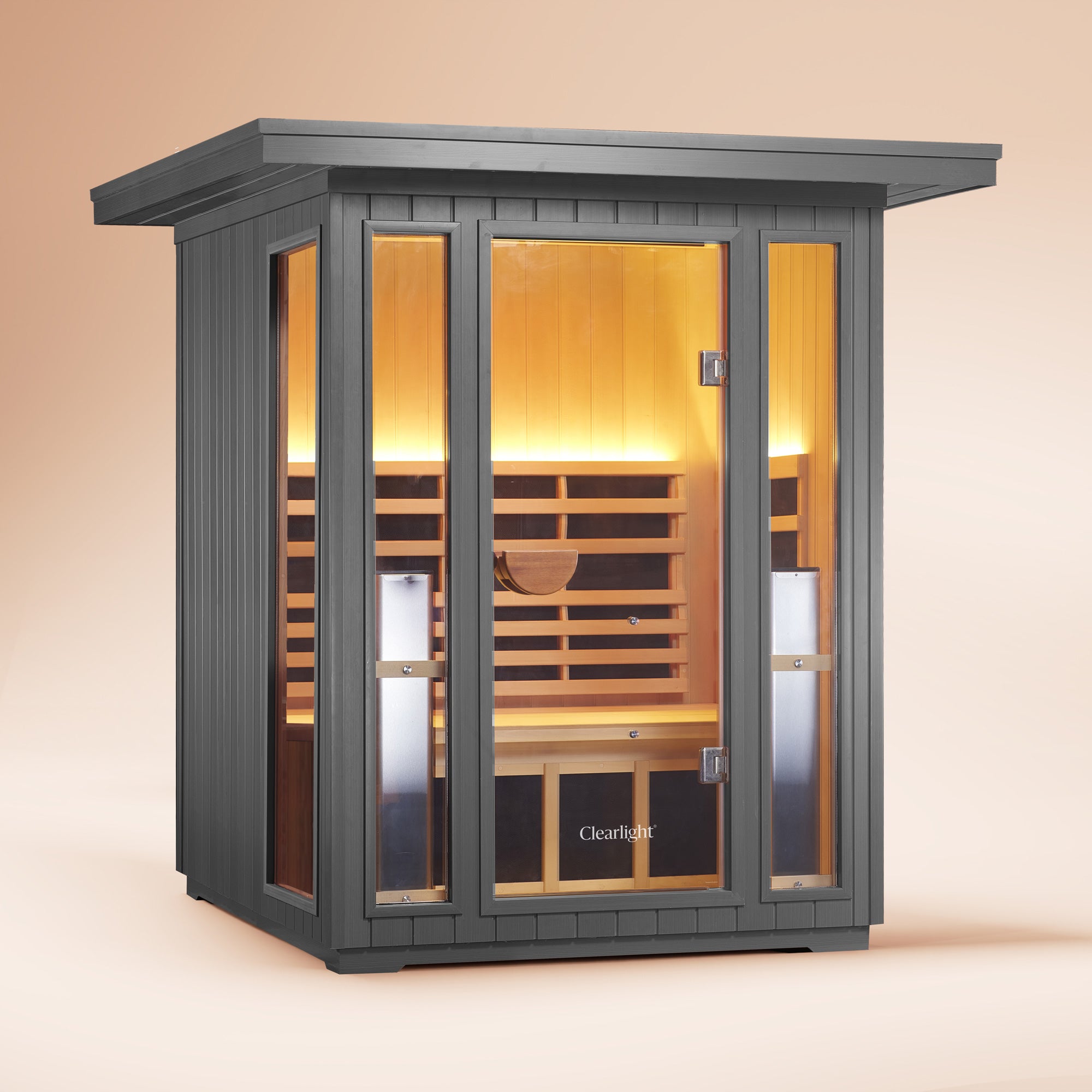


Infrared Sauna and Sunburn: Is Sauna Good For Sunburn?
Discovering the World of Biohacking